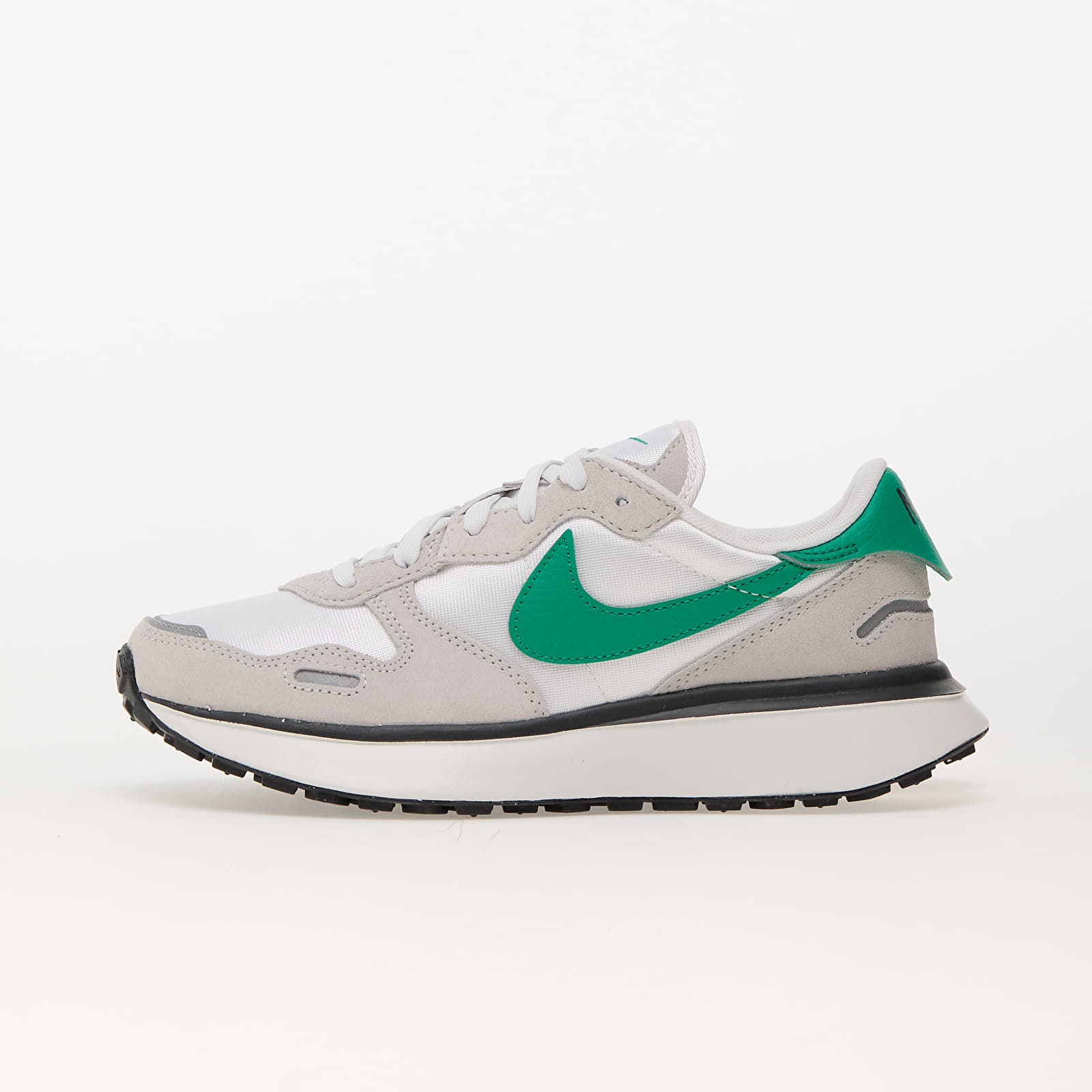- Women's sneakers and shoes
- Nike
- Nike Waffle
- Nike W Phoenix Waffle Summit White/ Stadium Green-Photon Dust

6 Color Options
30 day return period
Similar products
Nike Waffle
In the 1960s, running was not seen as a sport or a hobby. There weren't many running sneakers on the market, and those who did take up running were often considered geeks or students. It was also around this time that the story of the iconic Nike Waffle sneakers began to be written. The Nike brand was in its infancy at the time, focusing on distributing running shoes, while its founders Bill Bowerman and Phil Knight led the university's cross country team. In the early 1970s, when the Hayward Field cross country team switched from cinder tracks to artificial surfaces, Bowerman was looking for shoes suitable for different types of surfaces. He found inspiration at a waffle breakfast, which led him to the idea of using a waffle texture for the sole.
Tennis shoes with a unique sole were introduced to the marketin 1973, exhibited excellent performance on a variety of terrains, and could absorb shock, protecting runners' joints. They were the first athletic shoes with such an innovative waffle-inspired sole. The first model made in Japan had a nylon upper and was hugely popular. A canvas version called the Waffle Racer followed. Gradually, further improvements were made to the sneaker and the original waffle sole began to be used on other Nike products. Over time, these sneakers became a favorite among American football players.
Nike also produced a limited edition of 12 pairs of Nike Waffle for Olympic athletes, with one unused pair becoming the world's most expensive sneaker. The history of these shoes is fascinating and combines both comfort and style - a strong case for adding them to your collection.
Materials
Suede: leather cut from the back, while the fibers remain on the surface, suede is less prone to damage than nubuck.
Textile: is a lightweight material, which is offered in a very wide color scale and is mainly used for summer footwear.
Rubber: a material that is very easy to maintain and you will appreciate it especially in rainy weather.
Blue Ribbon Sports was the original name of the company we know today as Nike. This sports footwear and apparel brand was renamed Nike in 1971, when it also introduced its famous logo - the Swoosh. The logo was designed by Carolyn Davidson, a student at the University of Portland, who was paid just two dollars an hour for her work (which would be about seven times that amount today).
Nike is best known for its innovative Air technology, which includes an air bubble in the sole. The first Nike models with this feature appeared on the market in 1987 under the name Nike Air Max 1. Their creator was Tinker Hatfield, who became an icon of sneaker culture. Today, Nike offers a wide selection of shoes with Air Max technology to ensure comfort and style.
Nike shoes today are a versatile choice for a variety of occasions and interests. Whether you're into sports, culture or fashion design, you'll find the right model for you among them. Nike clothing and shoes are not just sports, lifestyle or fashion, they are an expression of your personality and lifestyle. Nike is a brand that has become an icon and a symbol of quality, innovation and style in its half century of existence. Nike is a brand that is loved by millions of people around the world.
| Carrier | Price | Delivery days |
|---|---|---|
| DHL Premium - express | from 14 £ | From Thursday 2.1.2025 |
| DHL Economy | from 10 £ | From Monday 6.1.2025 |
Related categories
- Gifts up to 2500 CZK
- Discounts
- Nike Footwear EXTRA DEAL
- Running-inspired shoes
- Black Friday 2024
- Gifts for her
- Suede shoes and sneakers
- Women's Shoes and Trainers
- Women's Fashion - Discounts
- Trainers
- Shoes
- Women's shoes - Sale
- Gifts for women
- Gifts for Women
- Lifestyle
- Women's sneakers and shoes
- Women's sneakers
- Nike Waffle
- Street shoes
- Gifts
- Sneakers shoes
- ALL

